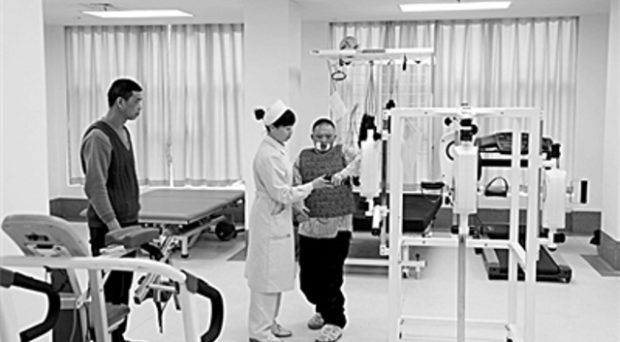
Burns affect 67 million people and kill nearly 3 million every year making them the fourth leading cause of accidental death worldwide. Over 95% of lethal burns occur in developing countries. The rates of burn incidents are severe enough to warrant society’s close attention, especially in a country like China with both its large population (just over 1.4 billion) and less developed areas.
The aim of our study was to contribute to a reduction in the incidence of burns. We traced the epidemiology of severe burns using a database containing medical records for patients hospitalized in burn wards at eight hospitals in China. The use of a burn database has the potential to augment data monitoring, detect data accuracy problems and improve other aspects of burn study. Unfortunately, a nationwide burn database and repository has not yet been established in China.
This is the first multicentre study to describe the epidemiologic and clinical characteristics of severe burn patients in China. The results of the 5-year retrospective study show:
- Scald burns are the most common thermal injury in severe burns patients, outpacing flame burns;
- Care-givers for both children under 6 years old and the elderly need to exercise more caution to prevent burn injuries in the home;
- Summer (June, July, and August) is the high-occurrence season.
- The extremities are more vulnerable to severe burns, causing cicatrix, deformities and functional losses.
Based on these epidemiological characteristics, individualized burn prevention and treatment strategies can be made. Programs should take action through, for instance, strengthening health promotion, child supervision, and labour protection — all of which may reduce the incidence of burns.
When compared with studies from the highly industrialized countries of North America, Europe and Australia, this study in China provided some similar results in terms of etiology, gender distribution, and the trend for a decrease in mortality and incidence.
Contrastingly, children and the elderly account for almost half of the population in highly industrialized countries, but severe burn patients are mainly adults in China. Moreover, the length of hospital stays and mortality are lower in highly industrialized countries because of better medical conditions.
It would be interesting to compare the epidemiology of severe burns between China and other developing countries, but national registration is oftentimes not established or even completely absent in developing countries. Because socioeconomic, logistical and even cultural differences between developing countries are enormous, it was not possible to draw strong conclusions.
The establishment of a multicentre database indicates a future development trend to finally build a nationwide burn database and repository in developing countries like China and, ultimately, even a universal database.
Comments